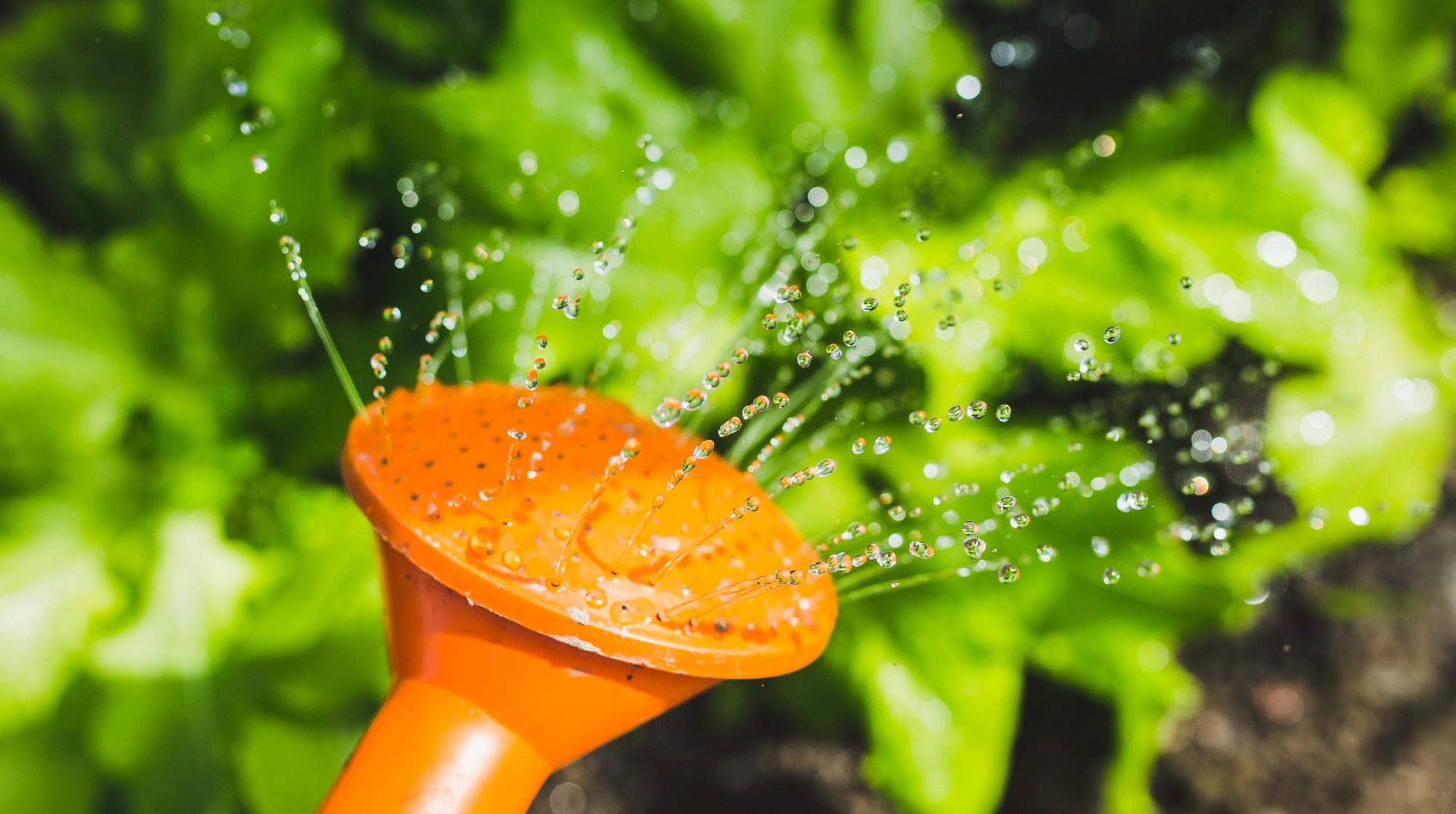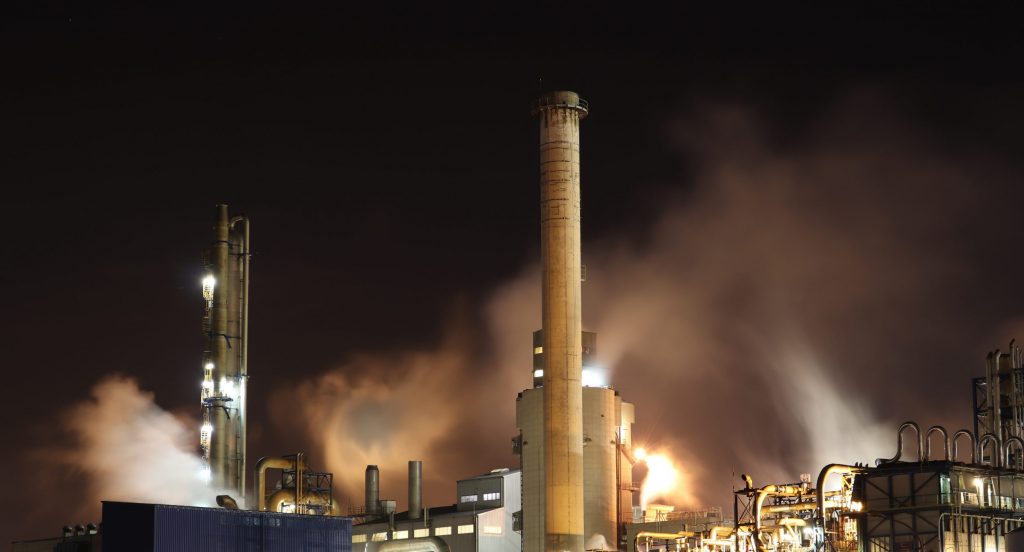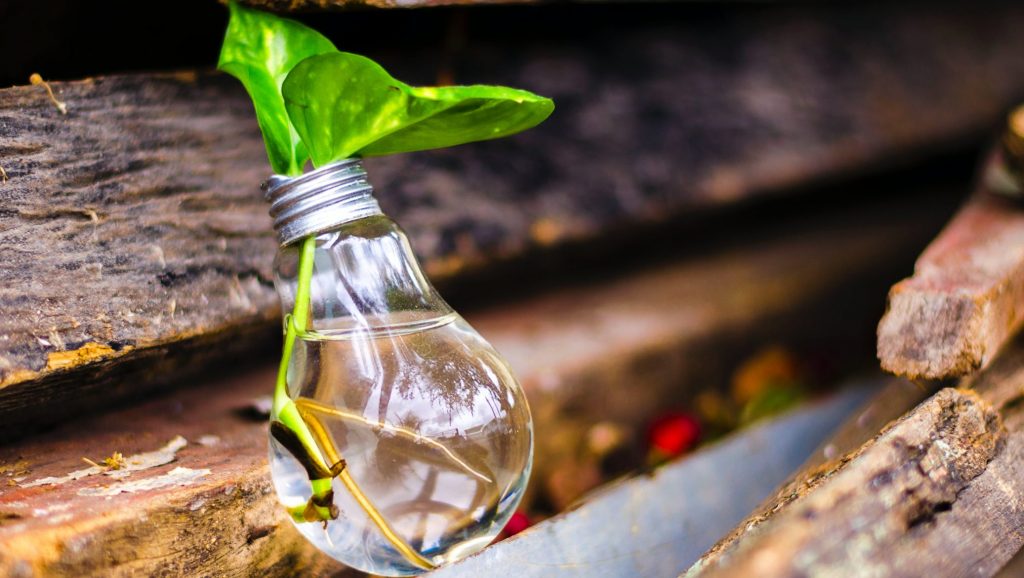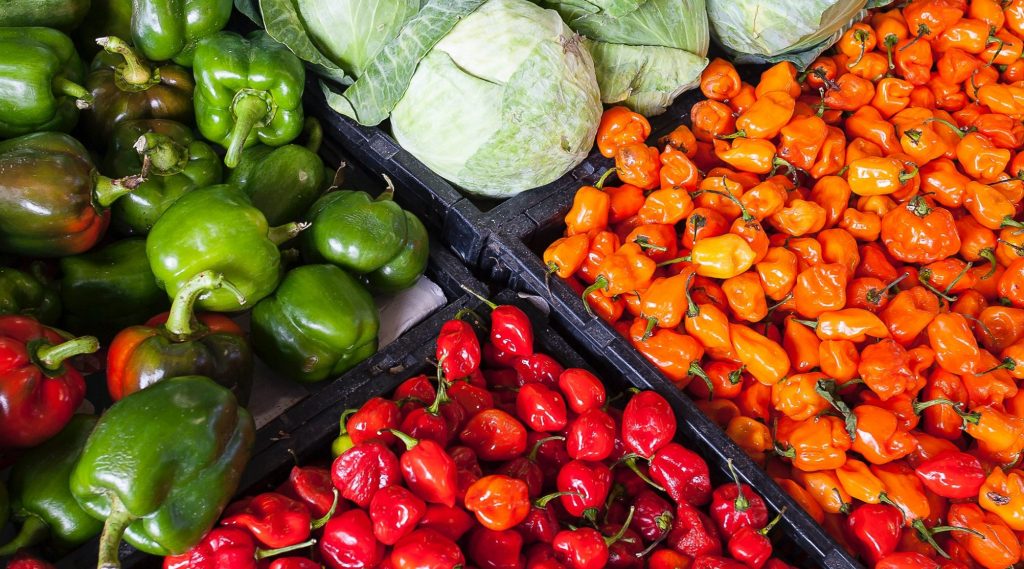Egypt’s food security has long been a concern. Last fiscal year (FY), the country imported more than half of its corn, rice, sugar and wheat, according to AmCham’s 2018 Egypt Economic Profile Report. Worryingly, that ratio has worsened. In 2014, the U.N. Food and Agriculture Organization estimated Egypt could supply 60 percent of its food needs.
 Even more concerning is the value of wheat and corn imports in FY 2018/2019 were nearly triple that of all packaged fresh food exports.
Even more concerning is the value of wheat and corn imports in FY 2018/2019 were nearly triple that of all packaged fresh food exports.
To increase cultivation of fruits and vegetables, President Abdel Fattah el-Sisi launched three megaprojects. The flagship initiative would boost the country’s total arable land by 20 percent, or about 1.5 million acres, according to the government. State-owned Egyptian Countryside Development Co. manages the project and has a total of 300,000 acres under cultivation at five locations in El Maghara, Old Farafra, Toushka and West Minya, which have a proven supply of subterranean water. “We made our calculations, and we are sure this water will be enough for 100 years,” el-Sisi said in a 2015 interview.
The second project, announced in December 2017, aims to build 100,000 greenhouses on 100,000 acres of desert near Minya and Qena, and in Sinai and Shalatien. The emphasis will be on high-value exportable crops such as cucumbers, bell peppers, eggplants and zucchinis, and use the latest techniques to minimize water consumption. The project will also use underground water for irrigation.
Late last year, President Sisi announced a third project to boost date exports by planting 2.5 million palm trees in New Valley Governorate and using well water to irrigate them. Currently, there are about 5 million date palms in the country. The government plans to meet the targets of all three projects by 2030.
The question, however, is whether the country has enough water for those projects while supplying the needs of a population growing by nearly 2 percent a year. The United Nations has designated Egypt a “water-scarce” country since 2005 that is nearing “absolute water scarcity” status of 500 cubic meters of water per person a year. Egypt’s current per capita water allocation of 570 cubic meters is expected to drop to 500 by 2025, according to a Reuters story in November.
As a result, the government is working with the European Union to diversify Egypt’s water supply by 2037. “By the end of that project, we would be producing 1 billion cubic meters of desalinated water,” says Ahmed Moawad, vice chairman of the Holding Company for Water and Sewage. “That should cover domestic household consumption.” Meanwhile, former Agriculture and Land Reclaimation Minister Adel el Beltagy says the water supply for agriculture must increase nearly threefold to supply the targeted 1.5 million acres. “That is a big task that will take years to achieve, if at all,” he says.
All about the Nile
Stretching the length of Egypt, the Nile River is synonymous with the country’s agriculture, economy and identity. From 1902 to 1956, Egypt signed several agreements that guarantee 55 billion cubic meters of water per year. Some experts believe that led to complacency when it came to conserving water and looking for alternative sources.
According to the Ministry of Water Resources and Land Reclaimation in July, the Nile accounts for nearly 70 percent of water consumption. A Reuters story in November put the figure at 80 percent. Meanwhile, the Ministry of Agriculture estimates the river accounts for more than 90 percent of total water use.
The remainder comes from groundwater and desalination plants, though that was not enough to plug a water deficit of about 20 billion cubic meters in 2018. According to the Minister of Water Resources Ezz el-Din Abou Steit, Egypt uses nearly 81 billion cubic meters of water annually, while alternate water sources provide a maximum of 6 billion cubic meters. “We import the rest from private international companies,” says a government source.
The Nile’s contribution will continue to decrease with the population adding 2 million more people a year, with Egypt reaching “absolute water scarcity” in five years, according to Reuters. “That is without taking into account the impact of Ethiopia’s Grand Renaissance Dam, which Egypt says will lower water levels further,” said the article.
Nonetheless, dependence on wells worries some experts. Beltagy notes that during his time at the ministry, research showed underground water could safely irrigate only 260,000 acres. “That figure assumes we take into consideration the sustainability of this water source,” he says.
Another concern is the choice of locations and crops without comprehensive updated research on the size of underground aquifers. “Growing such vast plots in inhabited oases may not be the best idea,” says Beltagy. “Those oases are sustainable at their current rate of water consumption. We can’t haphazardly stretch their limited water supply to irrigate agricultural megaprojects.”
According to Abdel Hamid Eid, a professor at the Faculty of Agriculture at Cairo University and former aide to the minister of agriculture, drastically increasing crop production is risky. The problem is that the water infrastructure is leaky and ineffective for irrigation. Meanwhile, individual farmers have not been educated on how to conserve water. “If we don’t first pay attention to those two aspects, then Egypt is heading for a perfect storm,” he says. “Water depletion will accelerate faster than ever, while produce cultivation would grow incrementally. That would make those new megaprojects unsustainable and a growing threat to the country’s water security.”
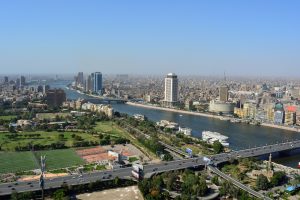 Four-pillar plan
Four-pillar plan
To increase Egypt’s potable water supply, the Ministry of Water and Irrigation plans to focus on four areas, says ministry spokesman Mohammed Sebaey. “The overarching plan started in 2017. It is a $50 billion plan to improve Egypt’s water resources by 2037,” he says. “Nine ministries will be working with us.” The target, according to Moawad, of the Holding Company for Water and Sewage, is to add 1 billion cubic meters of potable water a day.
The first two pillars aim to diversify and increase resources. “That gives the government more options,” says Sebaey. The other two pillars are intended to reduce consumption by raising awareness and enacting legislation that penalizes excess water use.
Achieving those targets will require substantial public and private investment. “However, we must take it step-by-step. We can’t rush because this is a big issue and needs to be tackled piece by piece,” says Sebaey, adding the government has invested $8 billion as of July.
Fixing infrastructure
According to the Ministry of Agriculture Press Center (APC), the government is building new irrigation infrastructure for farmers, though it will extend only to the perimeter of privately owned land. Farmers will need to update their irrigation systems to connect. “That infrastructure is present in 10 governorates, including Behira, Gharbya and Kafr el Sheikh, as well as other Delta and Upper Egypt cities,” according to a July statement from the center.
Another part of the irrigation ministry strategy is to double the number of water treatment plants to 120 by 2022, says Abdel Moneim el Banna, a former agriculture minister. “During my stint in 2017 and 2018, the plan was to increase the amount of clean water by reusing it. That is why our focus was always on increasing and upgrading water treatment plants.”
Hassan el Far, executive director of the Water and Sewage department at the Ministry of Water Supply and Irrigation, highlights the EGP 365 million expansion of Gezirit el Dahab’s treatment plant to a capacity of 160,000 cubic meters of water a day. Another project is the Osim Station in the Delta region, costing EGP 365 million. Meanwhile, upgrading of the Qanater el Khayria and Atfieh water treatment stations would cost EGP 210 million each.
The government is also spending EGP 125.6 million to increase the capacity of six water storage facilities nationwide.
Additionally, the state has contracted with U.A.E.-based Metito to build water treatment plants in the Arymon and Shabbily districts of Upper Egypt and in Mahalla el Kubra in Gharbia Governorate. Those projects will cost a total of $28 million, Karim Madwar, the company’s managing director for Africa, said in July. The state-owned Holding Company for Water and Wastewater will manage those projects. Metito also built a water and wastewater treatment plant for the government in Nubaria, near Alexandria.
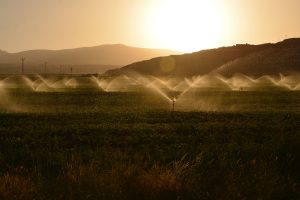 Diversifying supply
Diversifying supply
The sustainable solution will come from finding new renewable sources of potable water, and the government is focusing on desalination.
Moawad led the task force that formulated a plan to dramatically increase desalination by 2037, explaining the state will disconnect households in small, remote cities from the national freshwater network. “Instead, we will build desalination plants to supply those households,” he says, adding that some of those cities are in the Sinai, Red Sea and Matrouh governorates. “The long-term plan is to make households in remote areas completely dependent on desalinated water.”
Egypt has 63 desalination plants, with most of them in Sinai (21), Marsa Matrouh (13) and the Red Sea Governorate (18) and along the Suez Canal (two). The majority of those stations are linked to tourist facilities, such as hotels, according to Tarek El Refaie, an aide to the minister of housing and utilities.
Under construction are 19 desalination plants that will produce a combined 375,000 cubic meters of water a day. They are in several Red Sea cities, Sinai, Port Said and Dakahlya. “We plan construction of 21 more stations, producing a combined 540,000 cubic meters of water, at a cost of EGP 10.9 billion,” says El Refaie. Those stations will be in Matrouh, Sinai, Kafr el Sheikh and Red Sea governorates. There is no timeline set for their construction, as the Ministry of Housing has only EGP 4.3 billion for the project, according to Refaie.
The second phase of the government’s plan to diversify sources is to make heavy users of water invest in desalination plants to meet at least part of their needs. “Industrial complexes could have a few desalination stations to serve all their factories. The same is true for hotels and tourist facilities,” says Moawad. “That phase should reduce water consumption by 2.8 billion cubic meters a year.”
Private sector efforts
The private sector also has invested in desalination projects. Hassan Allam Holding (HAH), a family owned construction company, established Hassan Allam Utilities (HAU) in 2017. Its primary focus is to build desalination plants to feed its real estate developments, as well as take on government projects. “[We] are investing heavily to develop solutions to serve the water industry, including desalination, wastewater treatment and water infrastructure,” says CEO Hassan Allam.
A HAU desalination plant in Jabal el Asfar on the outskirts of Cairo currently has a capacity of 500,000 cubic meters per day. “When completed, its maximum capacity will be 2.5 million cubic meters of water per day,” says Allam, “and will supply 12 million people with potable water.” The project is in cooperation with Spanish firm Acciona Agua and German Passavant Energy & Environment.
In January, HAU announced it had won a $74 million government contract for a desalination plant in New Mansoura. The project is in cooperation with Fluence Corp., which specializes in water treatment. The station’s initial output will be 40,000 cubic meters a day with its eventual capacity 80,000 cubic meters, says Allam.
HAU in April formed a joint venture with Abdul Latif Jameel Energy, called Almar Water Solutions, to build desalination plants in Egypt and Saudi Arabia. “Our business model in Almar will be BOT [build-operate-transfer] and BOO [build-own-operate],” says Allam.
In June, HAU announced it won another government contract to build a 400,000-cubic-meter desalination plant in 6th of October City. Its partners are German Bioworks AG and International Environmental Technologies Co. (Intech), both owned by HAH.
According to Allam, HAU will pursue a more aggressive expansion plan starting next year. “Our commitment is to build much-needed infrastructure throughout our footprint,” he says. “That includes infrastructure that will provide clean water to no less than 1 million people,”
Other private sector investors include U.A.E.-based Metito. It has a desalination plant in Hurghada generating 80,000 cubic meters of water a day. The company has another station in Sharm el Sheikh with a capacity of 18,000 cubic meters that will eventually produce 40,000 per day. Metito’s third desalination plant is in Port Ghalib, producing 18,000 cubic meters daily.
The Emirati company has more desalination projects in the pipeline. One is in cooperation with Orascom Construction and The Engineering Authority of the Armed Forces to build a desalination plant initially producing 60,000 cubic meters of water a day in Al Galala Plateau. The plant went into operation in May 2018. According to Metito, when the station reaches full capacity, it will provide potable water to 1 million people.
Another project Metito is negotiating in Egypt is an EGP 1.8 billion desalination plant in Port Said with a capacity of 150,000 cubic meters, Madwar told Amwal Al Ghad in July, adding the plant is scheduled to be operational by 2021.
Also slated for completion in 2021 is an EGP 1.6 billion desalination plant in Arish with a capacity of 100,000 cubic meters serving 750,000 people, according to Madwar. A third plant will be in New Alamein City, costing $28 million and serving 3 million people. “Our investment budget for Egypt is $200 million,” Madwar told Amwal al Ghad.
Innovative solutions also are available on a smaller scale. Mariout Hills Energy and Water Solutions is building Egypt’s first plant that will condense water vapor from the air. The project is in cooperation with Italian Solari Egypt. “The station will go one step further as it uses solar energy,” says Ahmed Hassan, the company’s founder and CEO. “We are currently focusing on the North Coast where the humidity is high, and therefore our stations could produce a significant amount of water.”
The company’s first stations are under construction. Some aim to provide households with 40 liters of water a day. Others can supply projects on the North Coast with up to 100,000 cubic meters a day. “Those stations will be available to order,” says Hassan. “The smallest ones will cost EGP 60,000. The largest ones can reach EGP 10 million.”
Niche solution
Despite the government’s push to increase investment. Desalination remains only a partial solution to Egypt’s water shortage. “Using today’s technologies and equipment, a cubic meter of desalinated water costs EGP 15,000,” says Saied El Ashry, a former head of the National Organization for Production of Water and Sewage Disposal. “That is a huge cost. That makes water desalination only feasible to meet household demands.”
Of the country’s 63 operational desalination stations, only two cater to industry. One is in Matrouh, generating 164,000 cubic meters of water a day, and the other is in East Port Said, producing 150,000 cubic meters daily. “By 2022, those stations each should generate 250,000 cubic meters of desalinated water a day,” says El Ashry. “That would put them among the biggest desalination plants in the world.”
Reducing demand
So far, the government and private sector have focused on increasing the supply of water. El Beltagy, the former agriculture minister and chair of the International Drylands Development Commission, believes the government should have focused first on ways to reduce consumption. “That includes improving farming techniques and training individual farmers on the latest water-saving irrigation equipment,” he says. “Those two steps alone could save Egypt up to 7 billion cubic meters of water every year.”
Another missing part of the plan is the absence of laws regulating consumption. According to Atef Abdel Gawad, a parliamentarian who heads the housing committee, the government sent a draft law earlier in the year. However, Parliament returned it for amendments.
Finally, El Beltagy is concerned about the government’s approach of increasing supply without regulating demand. That, he explains, can only raise irresponsible consumption. “As such, we are only kicking this problem farther down the road,” he says. “And in doing so, creating a more complicated problem for the next generation.”

